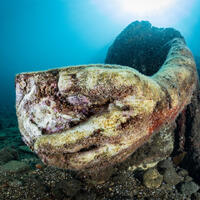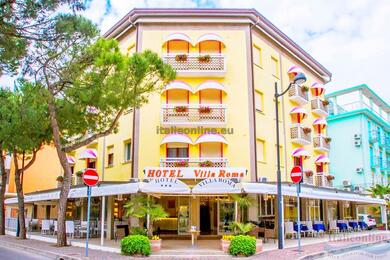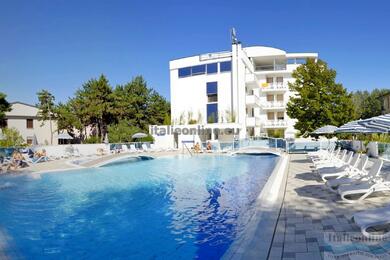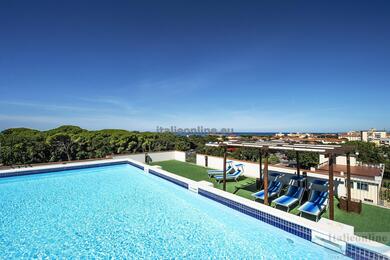The islands are located about 22 km off the coast of Gargano, in the Apulia region. The islands are San Nicola, San Domino, Capraia, Il Cretaccio, La Vecchia and Pianosa.in ancient times, the archipelago was called the Diomede Islands after Diomedes, who is said to be buried on the island of San Nicola.legend has it that the islands were born at the hands of Diomedes when he threw three gigantic boulders (San Domino, San Nicola and Capraia) into the sea, which he brought with him from Troy. in the 11th century, the Abbey of St. Mary on the island of San Nicola was founded by the Benedictine order, who ruled here with great religious power until the arrival of the Spaniards in the 18th century. King Ferdinand IV used the abbey as a prison. This tradition continued under Mussolini, who sent politicians to the islands in exile from 1920-1930.
However, over time the islands became more and more popular and are now widely visited.
San Nicola
San Nicola has always been the administrative and residential centre of the Tremiti Islands. On San Nicola you should not miss a visit to the Abbey of Santa Maria a Mare, where you can see mosaics from the 11th century. century, depicting a wooden Byzantine crucifix brought to the islands in 747 AD and a black Madonna, which was almost certainly brought to San Nicola from Constantinople in the Middle Ages. You will also see the fortress that was supposed to protect the abbey right above the harbour. San Nicola is the third largest of the Tremiti Islands.
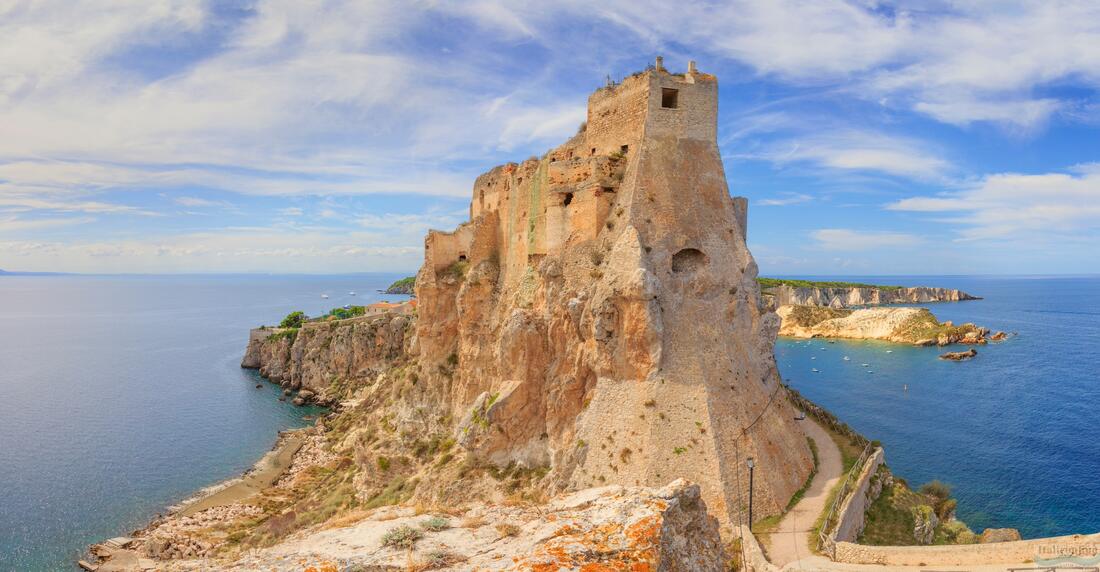
San Domino
With an area of 2.08 km² it is the largest, the main role on the island, apart from tourism, is agriculture. It is the only island with a sandy beach and is extremely crowded in summer. The entire coastline is dotted with small nooks and crannies, some accessible on foot, while others can only be reached by boat. Walking tours of the island are popular, while another way to spend your free time is to rent a bike. You can rent a boat to circumnavigate the islands on your own.
San Domino is famous for its beautifulgrottoes, the most impressive being the 70-metre-deep Blue Marino, followed by the Swallow Cave, the Violet Cave and the Salt Cave.
The island is inhabited, with new hotels being built since the mid-20th century.
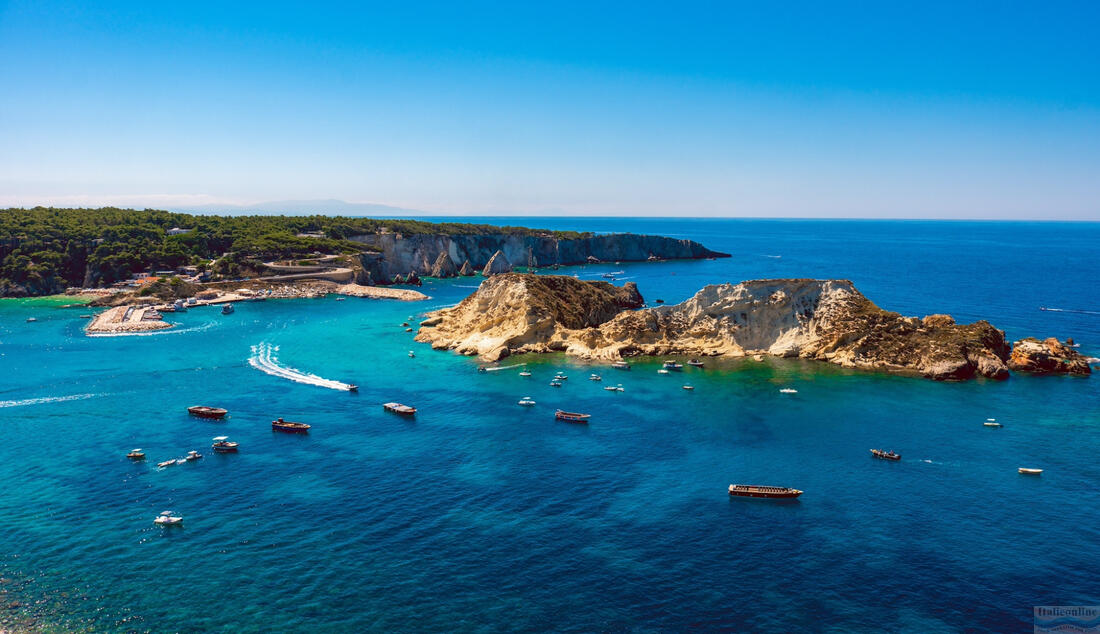
Capraia
It is the second largest, uninhabited island. Nevertheless, you will find the remains of buildings here. Otherwise it is also called Capraia, after the abundance of capper (a plant). Between the islands of Capraia and San Nicola there is a sunken statue of Padre Pio in the sea.
Cretaccio
Between San Nicola and San Domingo is the clay islet of Cretaccio, the smallest of the archipelago.
Pianosa
The last of the Tremitian islands, Pianosa lies 15 km northeast of the others. This small island tends to be completely submerged in water during storms.
How to get to the islands?
Boats with tourists leave from the port of Peschici, Vieste or Manfredonia. The journey to San Domino Island takes about 60 minutes and tickets for the ferry and seaplane to Tremiti can be purchased online.boats arriving at the Tremiti Islands dock at San Domino or San Nicola, but you can be transferred on small boats for a fee.
In the low season, most of the islands' tourist facilities close and the natives resume their isolated, quiet lives.if you would like to come in the low season, check if there are any hotels open. In high season, most hotels require you to pay full board, as off-site dining is not very extensive and might not cater to the wishes of visitors.


